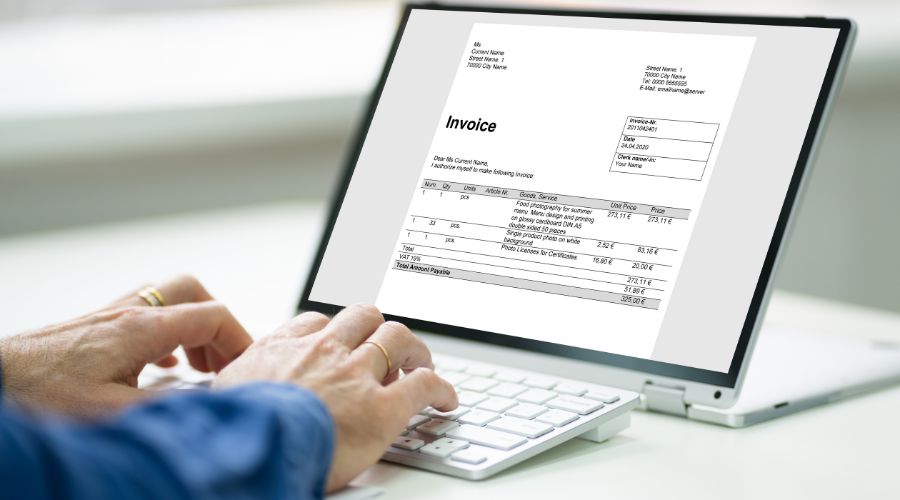Offering a variety of payment options for your small business is crucial for success.
By providing customers with multiple ways to pay, you can not only increase convenience and satisfaction but also expand your customer base and boost your bottom line.
This blog post will explore seven popular payment methods for small businesses, discussing their advantages and how to implement them effectively.
Methods to Accept Payments for Your Small Business
1. Cash Payments
Despite the rise of digital transactions, cash still plays a significant role in small businesses.
Accepting cash is advantageous for several reasons:
- Immediate availability of funds
- No transaction fees
- Universal acceptance
To handle and manage cash transactions efficiently, consider the following tips:
- Invest in a secure cash register or lockbox to store money safely.
- Develop a cash handling policy for your employees to minimize errors and prevent theft.
- Regularly deposit cash to your bank account to reduce the risk of loss or theft.
2. Credit and Debit Card Payments
Credit and debit card payments are widely accepted and expected by customers. Implementing card payments can provide several benefits:
- Increased sales as customers tend to spend more with cards
- Faster and more secure transactions
- Enhanced credibility for your business
When selecting a card processor and point-of-sale (POS) system, consider factors such as:
- Compatibility with your existing hardware and software
- Transaction fees and other associated costs
- Customer support and system reliability
Keep in mind that card processors may charge fees, such as transaction fees, monthly fees, or setup fees. Comparing different providers can help you find the best option for your small business.
3. Mobile Wallet Payments
Mobile wallets like Apple Pay, Google Pay, and Samsung Pay have gained popularity due to their convenience and security features.
By accepting mobile wallet payments, your business can enjoy:
- Faster transactions and shorter checkout times
- Increased security through tokenization and biometric authentication
- Access to tech-savvy customers who prefer contactless payments
To accept mobile wallet payments, you’ll need a POS system or card reader compatible with Near Field Communication (NFC) technology.
Consult your card processor or POS provider for more information on how to implement this payment method.
4. Online Payments
As more customers shop online, offering online payment options can significantly benefit your small business. To set up an e-commerce website, consider the following steps:
- Choose an e-commerce platform (Shopify, WooCommerce, etc.)
- Design and customize your online store
- Set up product listings, shipping options, and taxes
When it comes to processing online payments, selecting the right payment gateway is essential.
Popular options include PayPal, Stripe, and Authorize.Net.
Each gateway offers unique features, fees, and integration options, so it’s crucial to compare and choose the best fit for your business.
Ensuring your website’s security is vital to gaining customer trust and protecting sensitive information. Implement security measures such as SSL certificates, secure login features, and regular website backups.
5. Invoicing and Payment Services
Invoicing and payment services can streamline your billing process and facilitate timely payments from customers. Top platforms include QuickBooks, FreshBooks, and Square.
These services offer several benefits:
- Customizable and professional invoice templates
- Automated invoicing and payment reminders
- Integration with other business software and tools
Evaluate each platform’s features, pricing, and ease of use to select the right one for your small business.
6. Bank Transfers
Bank transfers, including wire transfers and Automated Clearing House (ACH) transfers, offer a secure and convenient method for customers to pay directly from their bank accounts.
To implement bank transfer options for your business, consider the following steps:
- Contact your bank to set up a business account capable of receiving wire transfers and ACH transfers.
- Provide customers with your account and routing numbers, along with any additional information required for international transfers.
- Create a clear payment policy, outlining any fees or deadlines associated with bank transfers.
When accepting bank transfers, consider the following aspects:
- Security: Bank transfers are generally secure, but ensure you provide accurate information and use secure communication methods when sharing account details.
- Convenience: Bank transfers can be convenient for both customers and businesses, but they may take longer to process compared to other payment methods.
7. Cryptocurrency Payments
Cryptocurrencies like Bitcoin, Ethereum, and Litecoin have gained attention as alternative payment methods.
By accepting cryptocurrencies, your business can benefit from:
- Lower transaction fees compared to traditional payment methods
- Faster international transactions
- Attraction of a tech-savvy customer base
To accept cryptocurrency payments, follow these steps:
- Choose a cryptocurrency payment processor (BitPay, CoinPayments, etc.) that supports your desired cryptocurrencies and integrates with your existing POS or e-commerce platform.
- Set up a digital wallet to store and manage your received cryptocurrency.
- Display your cryptocurrency payment options clearly in your store or on your website.
It’s essential to stay informed about the legal and tax implications of accepting cryptocurrencies, as regulations may differ depending on your location.
Conclusion
Offering a variety of payment options can be a game-changer for your small business.








